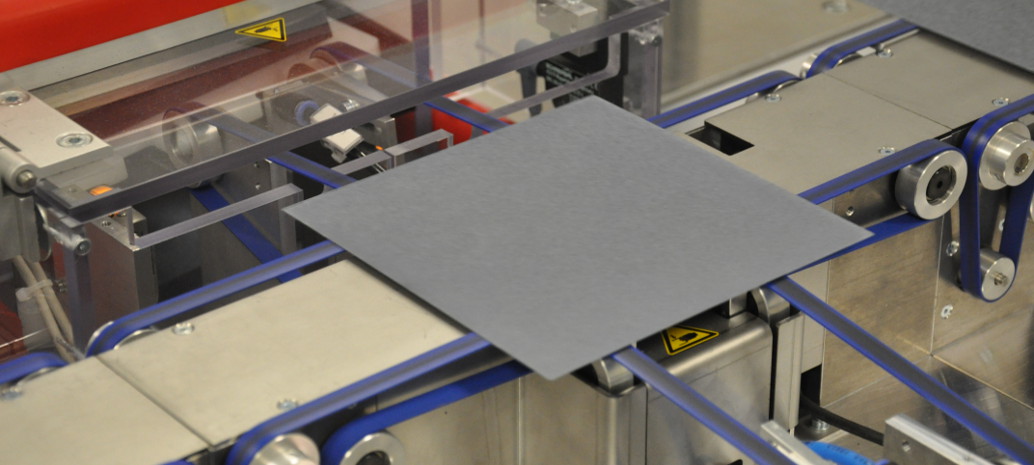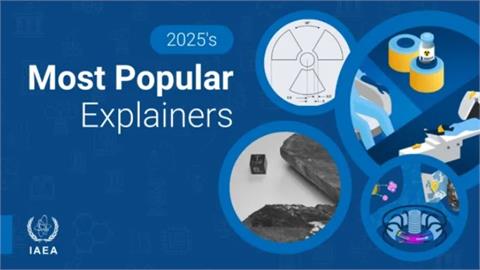by Eric Wesoff* Frank van Mierlo, the CEO of 1366 Technologies, is a betting man. And he’s betting your humble narrator that high-efficiency tandem solar cells are the near-term commercial future of solar
I am the skeptic on the other side of this wager for one bottle of fine champagne – although I would accept a thimbleful of the CEO’s tears in its place.
"I’ve never doubted silicon. We really believed in it,” said van Mierlo,. "The learning curve had been holding steady for 45 years – it’s a pretty predicable line. Why would that stop?”
So, when we heard van Mierlo at a recent talk saying that tandem modules made from a high-bandgap and a low-bandgap material are "the most important innovation in solar since solar was first conceived in Bell Labs in 1954,” it seemed that 1366
Technologies was pivoting to a new technology and approach.
When I asked van Mierlo about this seeming shift to tandem, and voiced my concerns about this technology path, the CEO suggested we embark on a small wager about tandem’s commercial future. He believes that the solar market will see 2 GW of tandem solar in the marketplace by the end of 2022.
"In fact, not only do I believe that multiple gigawatts of tandem will be sold before the end of 2022, I am also confident that in a decade’s time, tandem will command more than 50% of our industry’s market share,” van Mierlo said. "Is it that I no longer believe in the long-term role of silicon? No! In fact, it’s the remarkable success of silicon that now makes tandem modules the inevitable next step. With its low bandgap of 1.1 eV and its low cost, silicon is the ideal candidate for the bottom cell in a tandem configuration. In this position, a silicon bottom cell converts less than one-third the energy captured by the sun but still carries 100% of the cell cost. To make tandem work, you need the bottom cell to be extremely low cost. And, thanks to recent innovations such as the Direct Wafer furnace, we can achieve that cost target.”
He believes that silicon’s dramatic learning curve will soon make tandem a commercial reality.
"As module costs have declined and many installation costs remain fixed, we’ve witnessed the increased pressure for greater efficiency,” he said. "This pressure will drive tandem adoption: its dramatic efficiency boost without a significant increase in module cost-per-watt will lower the installed cost of solar by producing more power for a given area.”
He argued that there is the opportunity to increase efficiency with single-junction silicon technology is closing.




